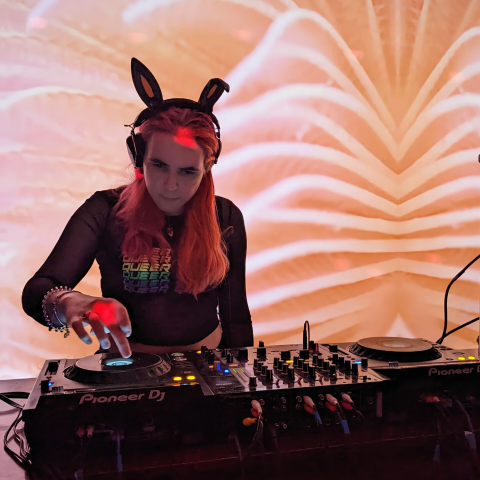Gaming culture and sex has a vexed history when it comes to gender, given the industry’s long history of bad assumptions that ‘real’ gamers are straight men, and that building an adult game audience means sexually appealing to straight men. Female characters in adult games are often expected to have sexualised designs, with entitled male gamers complaining about characters like Horizon Zero Dawn’s Aloy or The Last of Us II’s Ellie not being sexy enough; meanwhile, the BBC has reported about female games workers also being affected by a blasé culture around women’s sexualisation, such as graphic, distressing sexual content being thrust upon female games actors without warning. The few semi-famous titillating console games, like the Leisure Suit Larry series or Playboy: The Mansion, don’t exactly seem like they’re interested in feminism.
But understanding sex in video games means understanding it as more than just cheap eye candy for straight guys. Sex is central to how many video games work, including games that don’t technically have any explicit content. Nintendo games present themselves as bastions of childlike, lightly heterosexual wholesomeness – Mario gets his kiss on the cheek from Princess Peach! – but I’ve written about the gay and trans innuendos common throughout the Zelda games, for instance, and how they’re used to both build Link’s androgynous character and to make use of covertly gay and covertly homophobic comedy. Levels of awareness of sex, from basic focuses on satisfying touch to creating sexual tension, are intrinsic to games in various ways, and the games that play with this awareness often find new and interesting ways to tell their stories, and to reflect on why we play games in the first place.
Great article, thanks!


